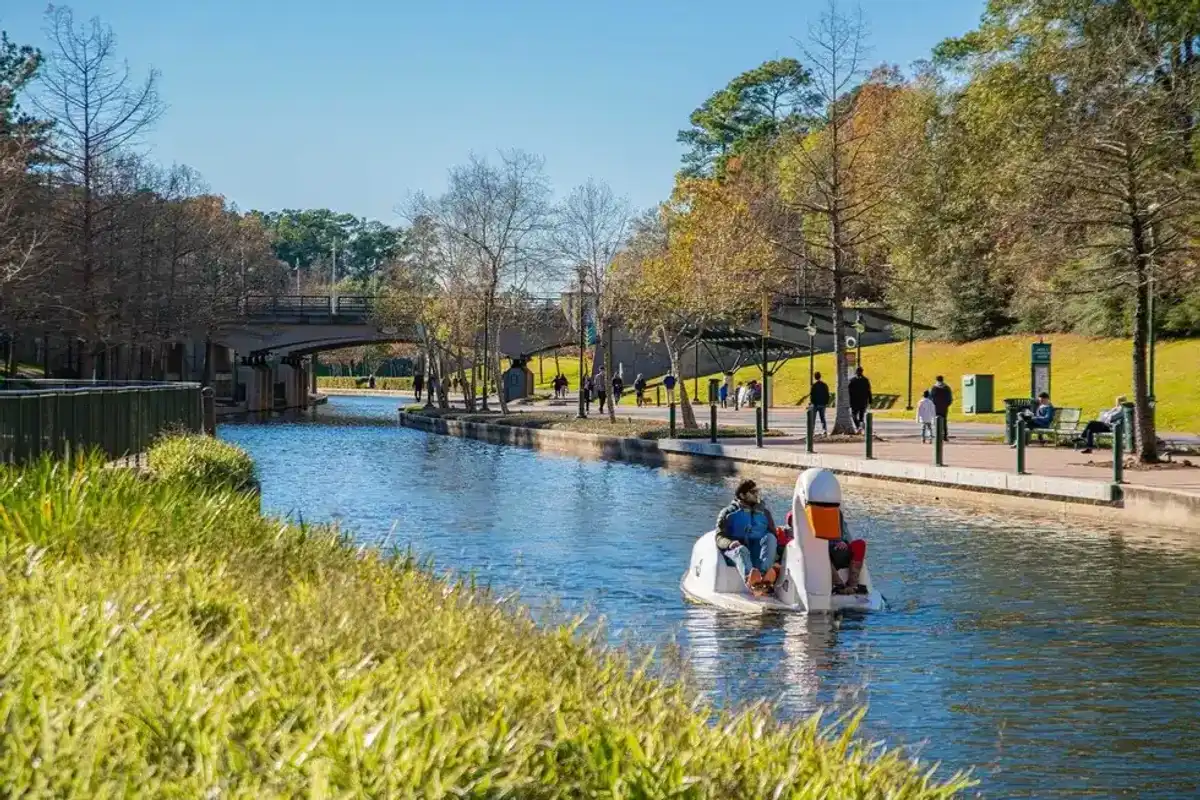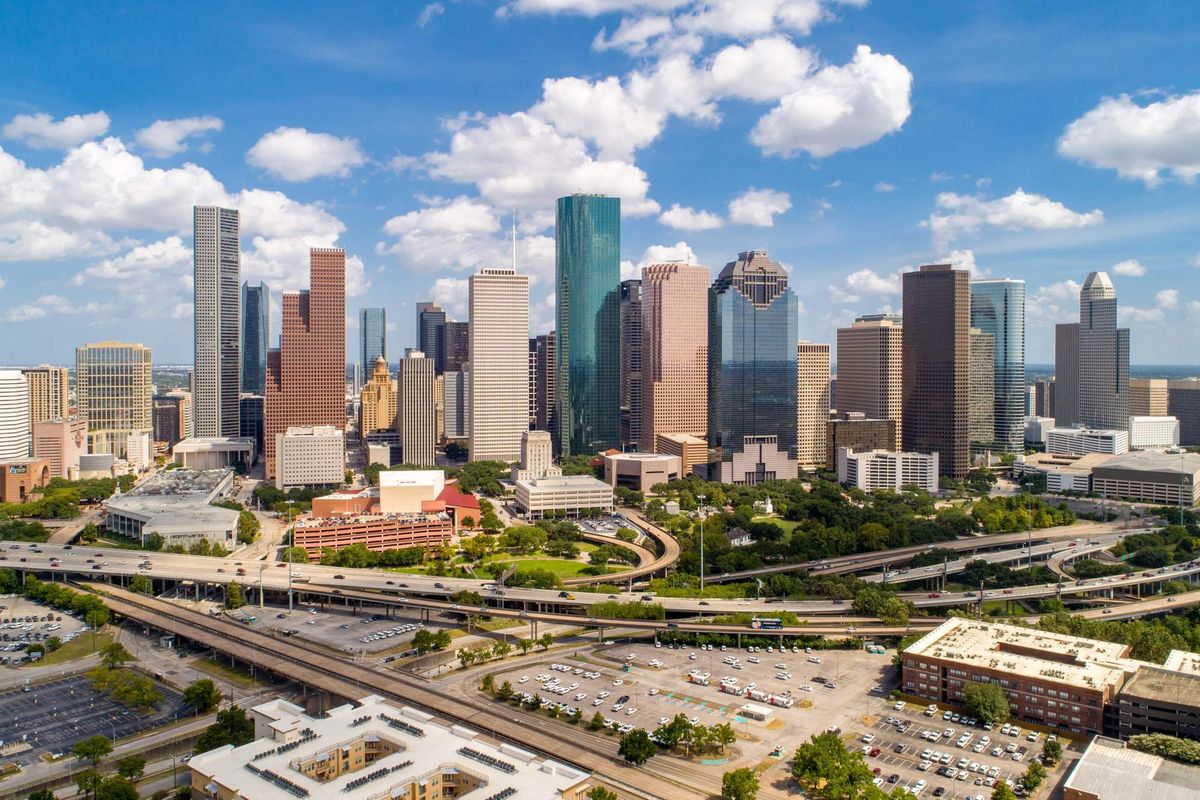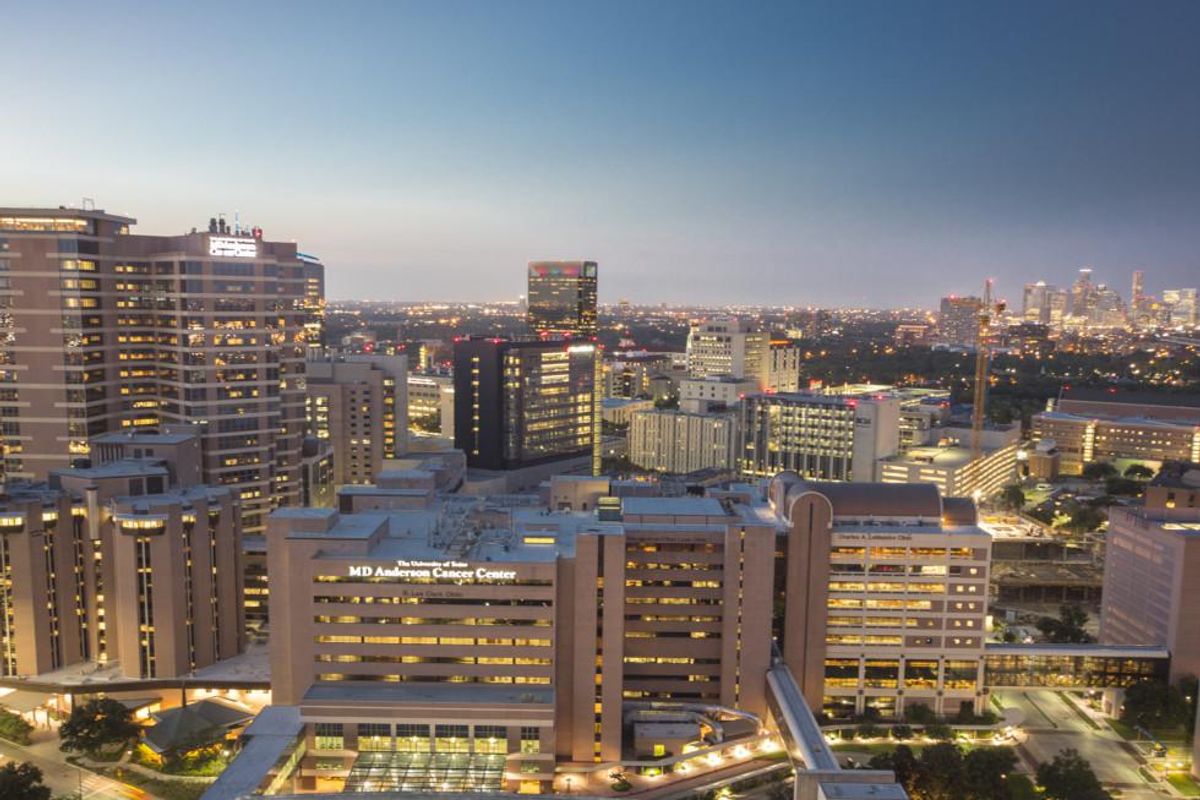Houston expert: How workplace managers can tap into trends to promote engagement
guest column
Wordle, the trendy daily word game and latest viral sensation, has taken millions of people by storm as they look for ways to feel connected and stimulated during times of isolation. The speed with which the word game took hold and quickly became a daily obsession is an example of society’s desire to participate in a common activity and share their scores and stats.
As managers search for ways to re-engage in-person, remote and hybrid teams, they should take cues from societal trends, behaviors and habits that can be easily adapted for the workplace. A unique tool that can help promote team engagement and serve as the foundation for an ongoing program begins with six letters – Wordle.
Below are ways managers can use Wordle and other activities to promote a cohesive and engaged workforce.
Create a virtual water cooler
Most employers and employees agree that a critical void in the existing work environment is gatherings around the proverbial water cooler, which facilitates daily chats about current events, hobbies and interests, social interactions that build bonds and teams, and opportunities for welcome breaks in the workday to clear the mind.
Managers should create a virtual water cooler by designating time each day for 15 to 30-minute coffee talks, depending on group sizes and workloads, that include semi-structured activities and enable employees to have valuable face time via video conferencing. Managers can poll the team about the best times of the day to host coffee talks. They should explain that while attending the talks is highly encouraged, there might be days when urgent projects/deadlines take precedence. Soliciting volunteers to coordinate and lead activities on a rotating, monthly basis encourages employee participation, promotes leadership skills and enables relationship building. When employees take the lead, they can more easily identify common interests, establish relevant formats and find ways to keep the team engaged and connected.
Develop the format
Managers and volunteers should develop a format tailored to the needs of the team, which can be fluid, structured or a combination of both to provide an optimal coffee talk experience. For example, some teams might need to have unstructured catch-up time every other day with planned activities on the remainder of the days, while other teams might prefer consistent daily activities and/or themes.
One of the advantages of coffee talk programs is that planners can experiment and request input because the ultimate goal is having dedicated time for face-to-face interactions that support an engaged workforce. The format should be inviting and not something employees dread, feel pressure to prepare for, or think is a waste of time. Coffee talks should create buzz and serve as a time that employees look forward to, offering a chance to decompress and leave energized to resume daily tasks. They are also critical for remote workers because it might be the only time during the workday they interact with others. This helps them remain connected to the team, culture and company.
Identify activities
Coffee talks are an ideal setting to incorporate Wordle into the agenda. Teams can create an account to virtually play the game daily, working together to solve the day’s new five-letter word and/or playing several practice games to extend the action. Wordle facilitates team building and encourages even those who are more reserved to take part in the activity. Conversely, employees who play the game at home can share and compare scores/stats from the previous night for friendly competition. Teams can also challenge other groups within the company to a monthly Wordle contest, helping to connect more people and expand networks, which is a great way for new employees to meet others.
An additional theme for coffee talks that can promote employee engagement is discussing the outcomes of sporting events, potential matchups and future winners. For example, the national sporting events get people buzzing and March Madness brackets/games are right around the corner. For employees not into sports, it can expand their horizons and/or even foster new interests and hobbies. In addition, with the prevalence of binge-watching and the continuous introduction of new programming, employees can talk about the latest shows, speculate on cliff hangers and make co-workers aware of new programs.
There are numerous activities that can be incorporated into coffee talks and employees can always find something to talk about that brings them together. Managers who can funnel these interactions into informal coffee talks are leveraging existing resources to encourage employee engagement and filling a critical need to keep employees connected, no matter the environment.
------
Jill Chapman is a senior performance consultant with Insperity, a leading provider of human resources and business performance solutions.





